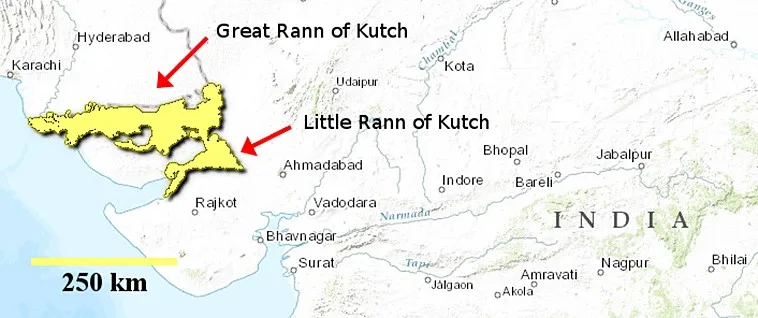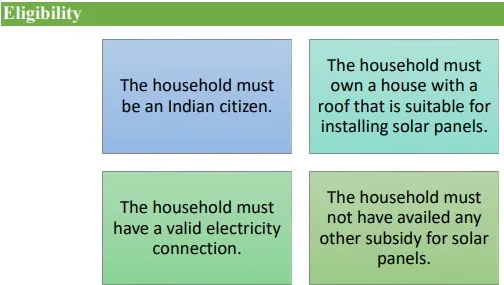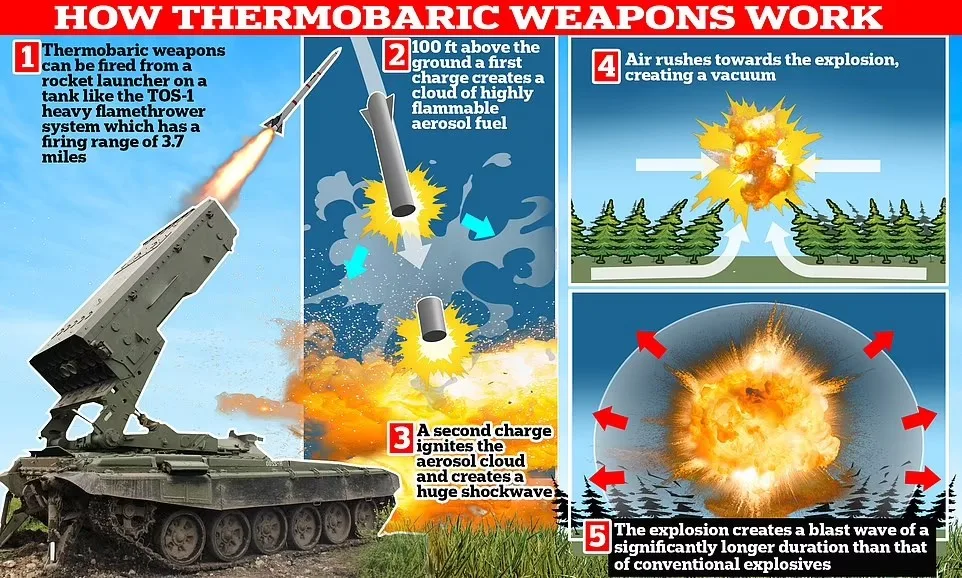The Rann of Kutch
Syllabus: GS1/ Geography, GS3/Environment
Context
- The Little Rann of Kutch in Gujarat faces threats from human activity and environmental issues.
Rann of Kutch
- The Rann of Kutch is a vast salt marsh region straddling the India-Pakistan border, primarily located in Gujarat, India, with a smaller portion extending into Pakistan’s Sindh province. It started forming about 150-200 million years ago.
- It is divided into two parts: the Great Rann of Kutch to the north and the Little Rann of Kutch to the southeast.

- The Rann of Kutch is a unique ecosystem, bordered by the Thar Desert to the north and the Arabian Sea to the south.
- Originally, waters from the Arabian Sea entered this region. Later, geological shifts led to the formation of a landmass that separated the Kutch basin from the sea.
- During monsoons, the Little Rann turns into a shallow wetland. About 75 elevated pieces of land turn into islands, called bets by the local Agariya and Maldhari communities.
- Historically, the region has been inhabited since the Neolithic period, with influences from the Indus Valley Civilization and various Indian empires like the Maurya and Gupta dynasties.
Human activity
- Salt Production: The region is significant for salt production, providing 30% of India’s total salt output.
- Threat: Large-scale cattle grazing harms the delicate balance of the ecosystem.
- Further, irrigation canals that bring water to the southern rim of the Little Rann add salinity to the soil.
Source: TH
Swachh Bharat Mission Urban 2.0
Syllabus: GS2/ Governance
Context
- Three years into the five-year Swachh Bharat Mission Urban 2.0, big cities have cleared less than half of their legacy landfill sites, with only 38% of dumped waste remediated.
Swachh Bharat Mission (SBM-U) 2.0
- It was launched in 2021 for a period of five years with a vision of achieving Garbage Free Status for all cities through
- 100% source segregation,
- Door to door collection and
- Scientific management of all fractions of waste including safe disposal in scientific landfills.
- To ensure that no untreated faecal sludge or used water is discharged into the environment, a new component of Used Water Management (UWM) for Cities with less than one lakh population has been included.
- It also aims at remediation of all legacy dumpsites and converting them into green zones by 2025-2026.
Government Initiatives
- 6-star rating for garbage-free cities under a new star-rating protocol.
- Integration of Urban Swachh Survekshan (Cleanliness Survey) for ranking cities on various sanitation and cleanliness parameters.
- Enhanced focus on the 3Rs: Reduce, Reuse, and Recycle.
Source: IE
Marburg Viral Disease
Syllabus: GS2/ Health
In News
- Many people have died in Rwanda following an outbreak of the Marburg Viral Disease.
About Marburg Viral Disease
- It is a severe, highly infectious hemorrhagic fever similar to Ebola belongs to the filovirus family.
- The natural host of the Marburg virus is the African fruit bat, which carries the pathogen. The virus can be transmitted from bats to primates, including humans.
- The virus was first identified in 1967 in Marburg, Germany, after workers contracted it from infected green monkeys.
- There are currently no approved vaccines or antiviral treatments.
Source: ET
IBSA
Syllabus: GS2/International Groupings
Context
- Recently a meeting was held under the framework of the three-nation grouping IBSA (India-Brazil-South Africa) on actions against all UN-listed terrorists and terror entities.
IBSA
- IBSA is a unique Forum which brings together India, Brazil and South Africa established in 2003 after the Brasilia Declaration.
- It has the rotating presidency of India, Brazil, South Africa.
- The grouping completed 20 years in 2023.
- Aim: to contribute to the construction of a new international architecture;
- bring their voice together on global issues;
- deepen their ties in various areas.
- The IBSA Fund was established in 2004 and became operational in 2006, supports projects on a demand-driven basis through partnerships with local governments, national institutions and implementing partners.
Source: ET
PM Surya Ghar: Muft Bijli Yojana
Syllabus : GS 3/Environment
In News
- PM Surya Ghar: Muft Bijli Yojana has seen over 1.28 crore registrations and 14.84 lakh applications, indicating significant interest.
The PM Surya Ghar: Muft Bijli Yojana
- It was launched by Prime Minister Narendra Modi on February 15, 2024, is a significant initiative aimed at transforming India’s energy landscape by providing free electricity to households.

- The initiative offers a substantial subsidy of up to 40% on the cost of installing solar panels on rooftops, encouraging households to adopt solar energy.
- The scheme is designed to benefit 1 crore households across the country.
- It is projected to generate substantial savings for the government, estimated at Rs. 75,000 crores annually in electricity costs.
- This initiative emphasizes the government’s commitment to promoting sustainable energy and ensuring energy access for all citizens.
Source: TH
Govt. Lift Ban on Export of Non-Basmati White Rice
Syllabus: GS3/Economy/Agriculture
Context
- The Union Government has lifted the ban on export of Non-Basmati White Rice.
- The export ban had come amid a marginal dip in rice production and the looming threat of an erratic monsoon last year.
Key Facts
- China is the largest producer of rice in the world, followed by India, Bangladesh and Indonesia.
- India, along with China, accounts for over half of the world’s rice production.
- China, however, is also the biggest consumer of rice, leaving little for exports.
- India is the world’s largest exporter of rice, accounting for 33 percent of the world’s total rice exports during 2023.
- Two east Asian countries—Thailand and Vietnam—are the two main competitors of India in the global rice market.
- In 2023, the combined rice export of these two countries was almost equal to Indian exports.
Source: IE
Dark Matter
Syllabus: GS3/ S&T
In context
- Researchers from the LUX-ZEPLIN (LZ) experiment, located 1.5 km underground in South Dakota, USA, announced a significant development in the search for dark matter.
About
- While they did not identify the particle responsible for dark matter, they were able to eliminate certain possibilities, continuing decades of similar null results from global experiments like XENON-nT (Italy) and PandaX-4T (China).
Dark Matter
- Dark Matter is a hypothetical form of matter that makes up about 27% of the universe’s mass-energy content but remains invisible and does not emit, absorb, or reflect light.
- Despite its invisibility, its existence is inferred through its gravitational effects on visible matter, such as stars and galaxies.
Importance of Dark Matter
- Dark matter helps to explain the distribution of matter in galaxies, clusters of galaxies, and the large-scale cosmic web.
- It plays a pivotal role in holding galaxies together since the gravitational effects observed cannot be explained by visible matter alone.
- Studying dark matter is essential for a complete understanding of the universe’s formation, structure, and future.
Dark Energy
- Dark energy is thought to be responsible for the accelerating expansion of the universe, making up 68% of its total energy content.
- It is a mysterious force that exerts negative pressure, pushing galaxies and matter away from each other.
- This phenomenon explains why the universe is expanding at an increasing rate, as observed in distant supernovae and galaxy clusters.
Source: TH
Thermobaric Weapons
Syllabus: GS3/ Defence
Context
- Russia’s use of ODAB-1500 thermobaric weapons in Ukraine has drawn significant attention due to their devastating effects.
What Are Thermobaric Weapons?
- Thermobaric weapons, also known as “vacuum bombs” or “enhanced blast weapons,” rely on the atmosphere’s oxygen to fuel their explosive power.
- Unlike conventional explosives that contain both fuel and oxidizer, thermobaric bombs release a fuel cloud, which, when ignited, causes a high-temperature explosion.
- This explosion generates a blast wave of immense pressure, followed by a rapid vacuum effect as the oxygen in the vicinity is consumed.
- In 2001, the United States deployed these weapons to target al-Qaeda forces hiding in the caves of the Tora Bora mountains.

Impact
- The combination of overpressure and vacuum makes these weapons destructive in enclosed spaces such as bunkers, buildings, and tunnels.
- The shockwave produced by thermobaric bombs can destroy structures, while the blast’s pressure differential causes catastrophic damage to the human body, including rupturing organs and lungs.
- There are no international laws specifically banning their use, but if a country uses them to target civilian populations in built-up areas, schools or hospitals, then it could be convicted of a war crime under the Hague Conventions of 1899 and 1907.
Source: FE
Parivesh 2.0 Portal
Syllabus : GS 3/Environment
In News
- The Ministry of Environment, Forest and Climate Change (MoEFCC) received only 32 applications to register exotic species on the Parivesh 2.0 portal.
About Parivesh
- PARIVESH stands for (Pro-Active Responsive Facilitation by Interactive and Virtuous Environmental Singlewindow Hub).
- Parivesh was originally launched in 2018 to provide a single window for various environmental, forest, wildlife, and coastal regulation zone clearances.
- Parivesh 2.0 is an enhanced version designed to improve efficiency, transparency, and accountability in the approval process.
- It provides a single platform for environmental clearances, forest clearances, wildlife clearances, and coastal regulation zone clearances.
- Parivesh 2.0 introduces a mobile app that allows project proponents to track their clearance applications and compliance submissions.
Significance of Parivesh 2.0
- Improves Ease of Doing Business
- Ensures better environmental governance
- Reduces Delay in Clearances
Source: IE
Kerala’s ‘RRR Champion’ Initiative
Syllabus :GS 3/Environment
In News
- Prime Minister Narendra Modi praised the ‘Waste to Wealth’ mantra and its success through the Swachh Bharat Mission, highlighting the importance of ‘Reduce, Reuse, Recycle.’
RRR Champion’ Initiative
- The Prime Minister mentioned Mr. Subramanian, a 74-year-old from Kozhikode, Kerala, who has repaired over 23,000 chairs, making them reusable.
- Mr. Subramanian is known as the ‘Reduce, Reuse, Recycle’ (RRR) Champion for his unique efforts.
- His work can be seen in various offices such as Kozhikode Civil Station, PWD, LIC, and BSNL.
- The principles of 3R – Reduce ,Reuse and Recycle – have been an integral part of Indian culture.
- Preserving biodiversity, sustainable living and peaceful coexistence with nature have been the guiding philosophy of the Indian way of life and have always been part of the teachings of ancient scriptures.
Source :IE
Previous article
Draft Guidelines on Passive Euthanasia
Next article
International Day of Older Persons, 2024